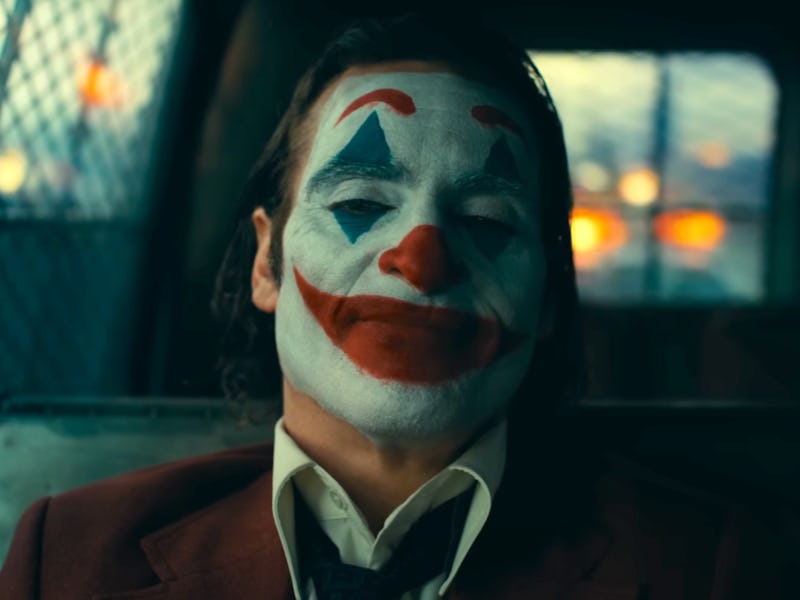The Most Divisive Superhero Movie Of 2024 Is Better Than You Think
It’s good, and I’m tired of pretending it’s not.

The Joker contains multitudes. He’s the clown prince of crime, he’s “sart of like an evil porson,” and he’s somehow the subject of both a touching transgender coming-of-age movie and countless alpha male memes. He permeates culture so deeply because of how universally applicable his character is. He represents existing on the fringes of society and becoming so disillusioned with life that you lose your sanity, and yet he also represents the worst guy you know’s Halloween costume.
This duality was exemplified in Todd Phillips’ Joker, a meditation on Martin Scorcese’s Taxi Driver and The King of Comedy. Its Joker, Arthur Fleck, is played by Joaquin Phoenix as a tortured wannabe comedian struggling with mental illness. The striking result won Phoenix the Oscar for Best Actor, and when the sequel, Joker: Folie à Deux, was announced, fans expected a similar lone-wolf screed against society. The result, now streaming on Max, is a strange amalgamation of a movie musical and a courtroom drama, as well as the perfect answer to the first movie’s legacy and what it means to have your image mean more than yourself.
The opening sequence of Folie à Deux is a Looney-Tunes-esque animated short showing Fleck as he wrestles with his Joker self and tries to control his now famous alter ego. To borrow a theatrical term, it’s a dumb show, a wordless prologue hinting at what’s to come. When we finally see Arthur in the flesh, he’s trying to survive in Arkham while his lawyer, Maryanne Stewart (Catherine Keener), argues he has Dissociative Identity Disorder, and that he can’t control his murderous actions any more than the animated Arthur can control his shadow.
Everything changes when Arthur meets Harleen Quinzel (Lady Gaga), aka Lee, a fellow patient in his music class. She instantly bonds to him, telling him she grew up just down the street from him in similarly dire circumstances. In that first conversation, we finally get to the best (and most controversial) part of the movie: the musical sequences.
Because Lee and Arthur exist in their own shared delusion (hence Folie à Deux), they can burst into song without disturbing the film’s gritty narrative. Phillips chooses to show this in the same language as classic movie musicals. We see Lee slide lyrics into her dialogue (“for once in my life,” “if my friends could see me now”), only to sing them minutes later. We even see the two transported to the hypothetical set of their own variety show, much like the movie adaptation of Chicago.
The dreamy delusional musical numbers are Joker: Folie à Deux’s secret weapon.
Also like Chicago, the latter half of Folie à Deux is a courtroom drama. This was a point of contention for critics and audiences, with many calling it boring, but the story needed the mundanity of the courtroom process to fully explore Arthur and Lee’s relationship. As we learn more about each of them through dialogue and song, the bombastic denouement makes perfect sense. This isn’t a movie about being the Joker or living in a society; it’s about how fame isn’t about you, but the person the world wants you to be.
Arthur Fleck isn’t the Joker Lee saw on TV. He’s not even the Joker we saw in the first movie. He’s now a man trying to cope in a world convinced it understands him when he’s not even sure he understands himself. Once that shines through, every subversive choice in this movie makes sense: it’s a commentary on expectations. Those who idealized Arthur Fleck wanted to see him take on the world, but by doing that, he’d be betraying himself.
Joker: Folie à Deux certainly wasn’t bad on purpose, but an argument could be made that it was purposefully disappointing. If comedy is about subverting expectations, then a sequel that completely switches tone and genre is the biggest joke a movie can make. It’s not the sequel Joker fans wanted, but it was the one they deserved.